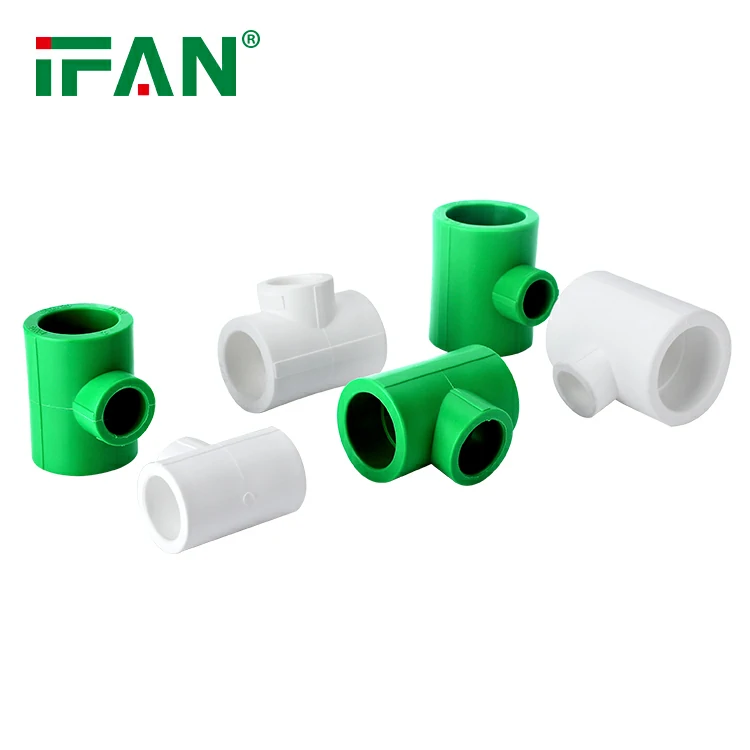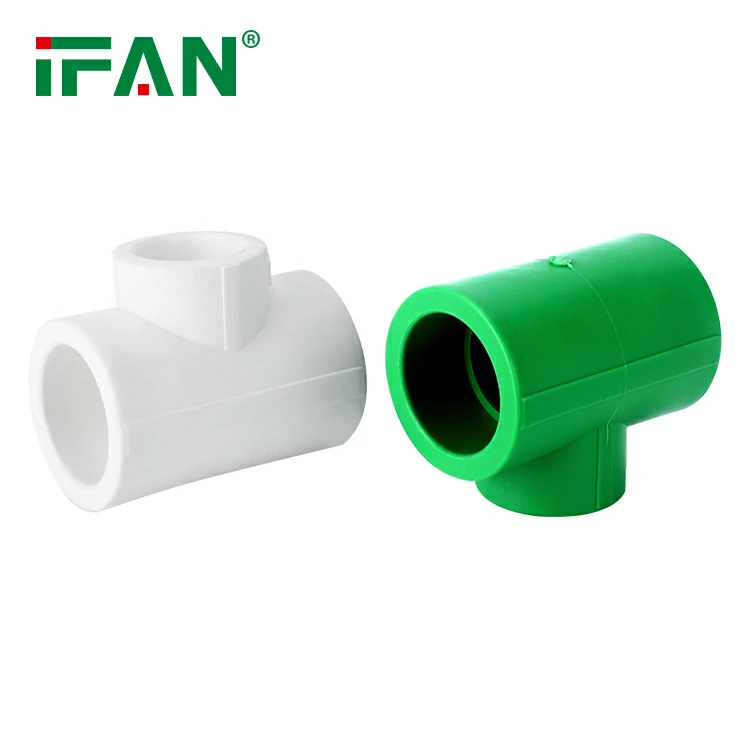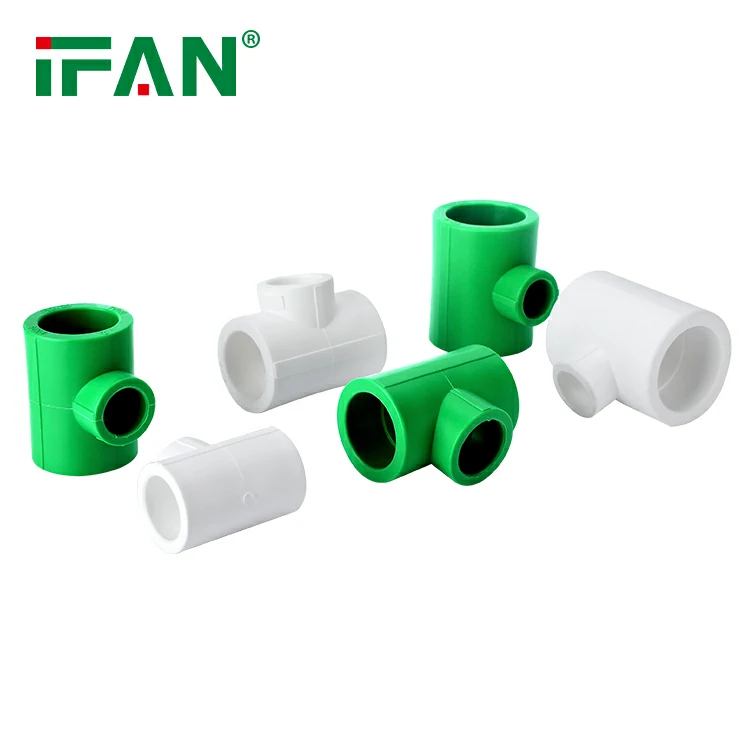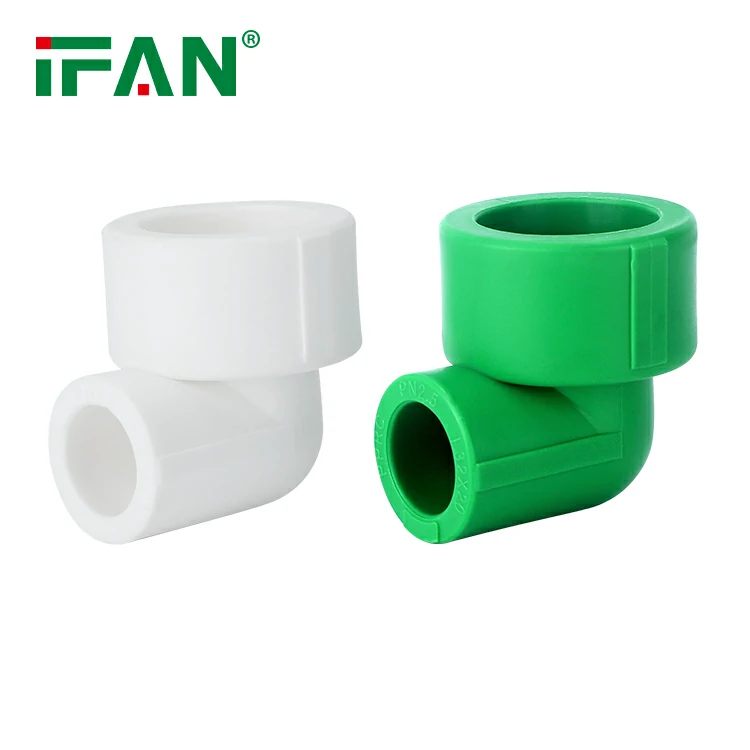Introduction
Urban housing projects are at the forefront of addressing the growing demand for residential spaces in cities worldwide. As populations continue to expand, it is crucial that these housing developments are equipped with reliable, sustainable, and efficient water supply systems. One of the key components of these systems is PPR (Polypropylene Random Copolymer) fittings, which play a crucial role in ensuring the durability, reliability, and efficiency of water distribution networks. This report will outline the importance of PPR fittings in urban housing projects, highlight the advantages of using PPR fittings in water supply systems, and discuss how the supply scheme for these fittings is organized to meet the demands of modern urban housing developments.
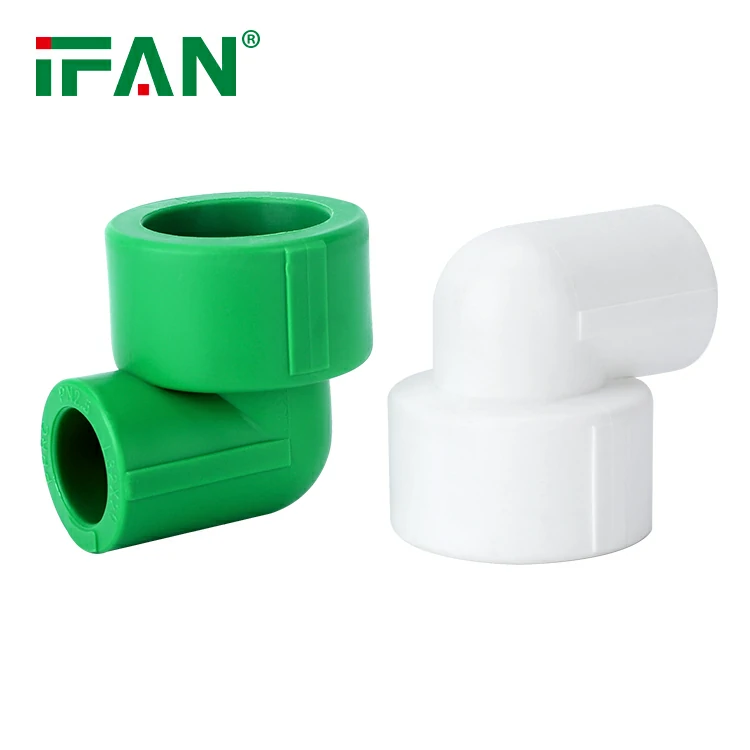
The Role of PPR Fittings in Urban Housing Projects
In any urban housing project, a dependable water supply system is essential for providing residents with clean, safe, and reliable access to water. PPR fittings are used to connect pipes and other components of the water supply system, ensuring that the network remains intact and efficient. These fittings are highly valued in modern construction due to their durability, ease of installation, and resistance to corrosion.
PPR fittings offer several advantages in urban housing projects:
- Durability: PPR fittings are resistant to corrosion, which means that they are less likely to deteriorate over time compared to other materials such as metal fittings. This makes them ideal for long-term use in water supply systems.
- Thermal Resistance: PPR fittings can withstand high temperatures, making them suitable for both hot and cold water supply systems. This is particularly important in urban housing projects where varying temperatures are common.
- Leak-Proof Connections: Properly installed PPR fittings ensure leak-proof connections, which is crucial for preventing water wastage and reducing the risk of water damage to the housing structures.
- Ease of Installation: PPR fittings are lightweight and easy to handle, making them faster and more cost-effective to install compared to other materials.
- Low Maintenance: Once installed, PPR fittings require minimal maintenance, reducing the long-term operational costs for property managers and residents.
Given these advantages, PPR fittings are widely used in urban housing projects to build efficient and reliable water supply systems that meet the needs of modern urban dwellers.
Water PPR Fitting Supply Scheme in Urban Housing Projects
For large-scale urban housing projects, a well-coordinated supply scheme for PPR fittings is essential to ensure that the required materials are available when needed, and at the right quality. The supply scheme typically involves several key stages, each critical to ensuring the timely and efficient provision of PPR fittings.
1. Planning and Procurement
The first step in the supply scheme is the planning and procurement of PPR fittings. During this phase, the specifications for the fittings are carefully considered based on the needs of the housing project. This includes determining the sizes, types, and quantities of PPR fittings required, as well as any special requirements such as fittings for hot water systems or outdoor installations.
Procurement teams typically evaluate multiple suppliers based on product quality, delivery timelines, and cost-effectiveness. Reputable suppliers of PPR fittings will also provide certifications for quality assurance, which is critical for ensuring the materials meet the required standards.
2. Logistics and Transportation
Once the PPR fittings are procured, the next step is to arrange for their logistics and transportation to the construction site. For large urban housing projects, it is crucial that the PPR fittings are delivered in a timely manner to avoid delays in the construction process.
The logistics team will organize the transportation of fittings in bulk, ensuring that the materials are delivered in a manner that prevents damage and ensures the correct quantities are available when needed. Efficient logistics are crucial to maintaining the flow of construction and minimizing delays in project timelines.
3. Inventory Management and Distribution
To ensure that the PPR fittings are available when needed, effective inventory management is essential. A detailed inventory system will track the quantities of fittings on-site, ensuring that construction teams have access to the materials required for each phase of the project.
The distribution system ensures that the fittings are delivered to the correct areas of the site at the right time, preventing wastage and ensuring that construction progresses smoothly.
4. Installation and Quality Control
During the installation phase, PPR fittings are integrated into the water supply system. It is essential that skilled workers carry out the installation of these fittings to ensure they are correctly connected and sealed. Improper installation can lead to leaks, pressure loss, and other issues that could compromise the entire water system.
To maintain quality control, installation teams will adhere to industry standards for the installation of PPR fittings, ensuring that each connection is secure and leak-proof. Regular quality checks during the installation process will help to identify any issues before they become significant problems.
Challenges in the Water PPR Fitting Supply Scheme
While PPR fittings offer several advantages, there are also challenges that can arise in the supply scheme for large urban housing projects:
- Supply Chain Disruptions: Any disruptions in the supply chain, such as delays in manufacturing or transportation, can cause project delays. This can be particularly problematic in large urban housing projects where timing is critical.
- Quality Control: Ensuring that all PPR fittings meet the required quality standards is crucial. Substandard fittings could lead to system failures, requiring expensive repairs and maintenance.
- Cost Management: While PPR fittings are cost-effective in the long term, managing the initial procurement and installation costs is essential to stay within budget. This requires careful planning and forecasting to avoid budget overruns.
- Skilled Labor Shortage: The proper installation of PPR fittings requires skilled labor, and any shortage of trained professionals could delay the installation process.
Conclusion
In conclusion, the water PPR fitting supply scheme for urban housing projects plays a critical role in ensuring the efficient and reliable delivery of water to residents. PPR fittings are an essential component of modern water supply systems due to their durability, resistance to corrosion, and ease of installation. A well-coordinated supply scheme that includes careful planning, procurement, logistics, and installation is necessary to ensure the success of urban housing projects. Despite challenges such as supply chain disruptions and the need for skilled labor, PPR fittings remain a top choice for builders and developers seeking to create high-quality, long-lasting water systems for urban communities.
FAQs
- What are PPR fittings and why are they used in urban housing projects?
PPR fittings (Polypropylene Random Copolymer) are used in water supply systems for their durability, resistance to corrosion, thermal resistance, and ease of installation. They ensure a leak-proof, long-lasting connection in water distribution networks. - What are the key benefits of using PPR fittings in urban housing projects?
The benefits include durability, thermal resistance, easy installation, leak-proof connections, and low maintenance, making them ideal for water supply systems in urban housing. - How is the procurement process for PPR fittings managed in large-scale housing projects?
The procurement process involves careful planning, evaluating suppliers, ensuring quality certifications, and managing logistics to ensure timely delivery and availability of fittings for installation. - What challenges can arise in the PPR fitting supply scheme for urban housing projects?
Challenges include supply chain disruptions, maintaining quality control, managing costs, and ensuring there is a sufficient supply of skilled labor for installation. - What is the importance of skilled labor in installing PPR fittings?
Skilled labor is essential for the proper installation of PPR fittings to ensure secure, leak-proof connections. Improper installation can lead to water leaks and system failures.

